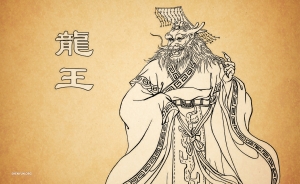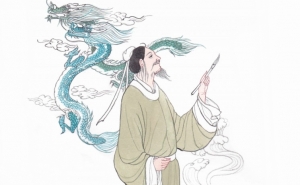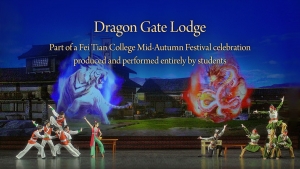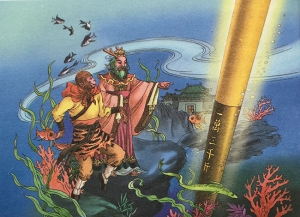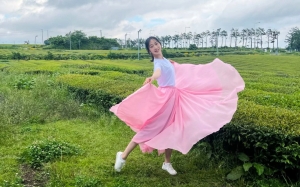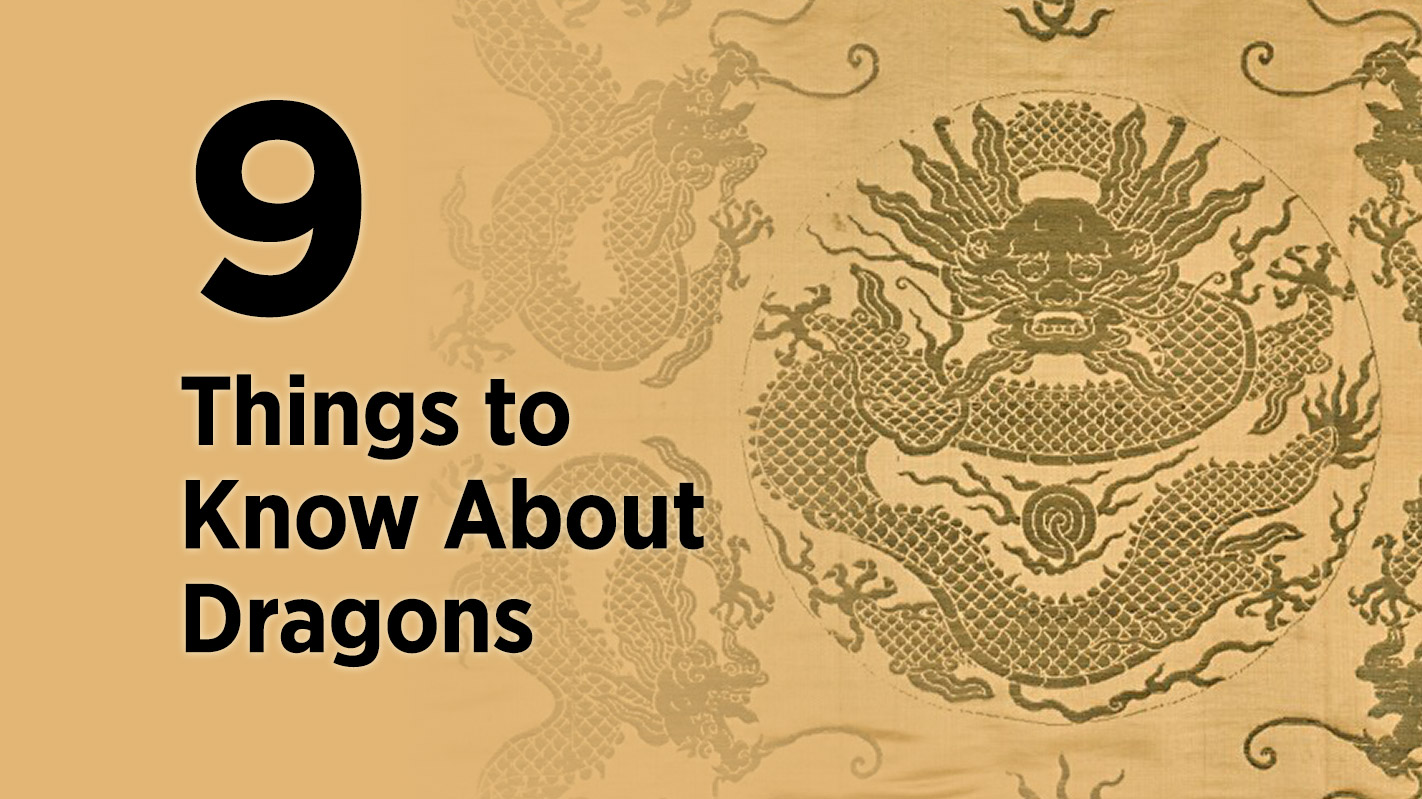
Année du dragon - 9 choses à savoir sur ces créatures mythiques
Les dragons chinois n'ont rien à voir avec leurs congénères occidentaux grassouillets et crachant du feu. Habitant les cieux ou les profondeurs de la mer, ils peuvent être des bêtes maléfiques ou des divinités de bon augure. En cette année du dragon, voici neuf choses que vous ne connaissez probablement pas sur ces créatures mystiques :
1. Neuf caractéristiques
Il y a près de 2 000 ans, le philosophe Wang Fu a décrit le dragon selon ces neuf caractéristiques : des cornes de cerf, une tête de chameau, des oreilles de vache, des yeux de démon, un cou de serpent, un ventre de palourde, des écailles de carpe, des griffes d'aigle et des pattes de tigre. Imaginez un peu.
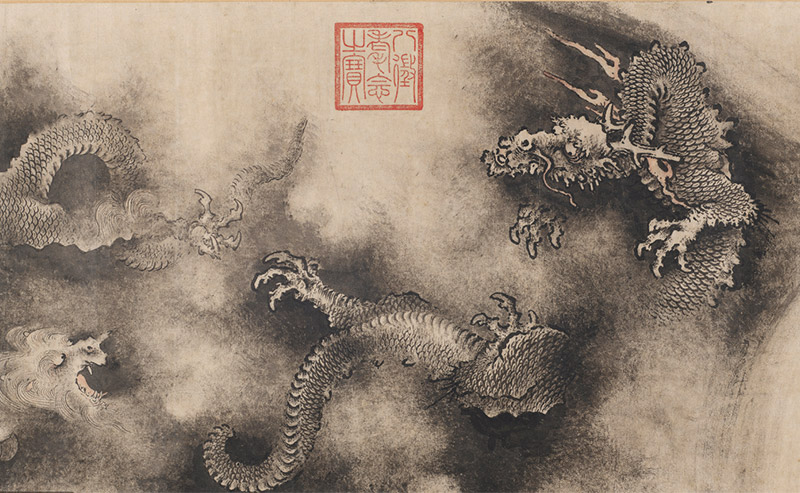
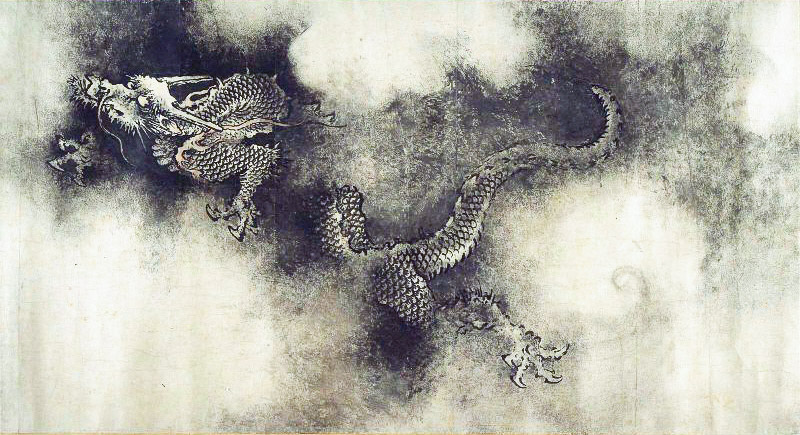
2. Les bébés-dragons
Vous avez peut-être entendu parler des mères-dragons, mais qu'en est-il des bébés-dragons ? À chaque année du dragon, les taux de natalité explosent dans les communautés asiatiques du monde entier. Les enfants nés au cours de cette année propice sont censés devenir des leaders, courageux, intelligents et puissants. Ils sont destinés à connaitre le succès et la chance.
3. Le signe zodiacal du dragon
Les bébés dragons ne sont pas tous identiques. Le calendrier lunaire chinois se déroule selon un cycle de 60 ans, associant les douze animaux du zodiaque aux cinq éléments : le métal, le bois, l'eau, le feu et la terre. Cette année est l'année du dragon de bois. Les enfants nés en 2012 étaient des dragons d'eau, et ceux nés en 2036 seront des dragons de feu.
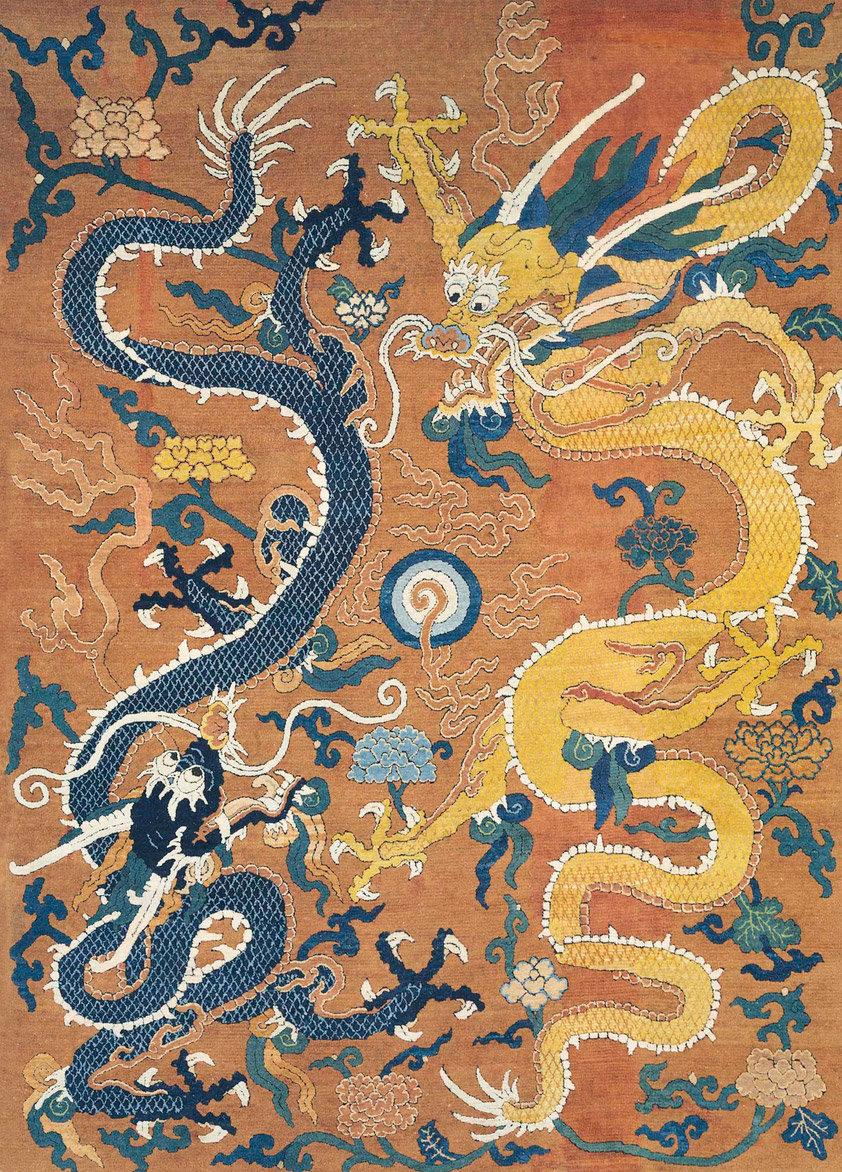
4. L’emblème de l'empereur
Il y a trois mille ans, sous la dynastie des Zhou, le dragon à cinq griffes est devenu l’emblème du souverain. En chinois, la panoplie de l'empereur porte des noms tels que "robe dragon", "trône dragon" et "chariot dragon".
5. Les trois "grands souverains"
Les trois "grands souverains " de la Chine sont chacun lié à un dragon. Fu Xi avait, selon les dires, une tête humaine et un corps de dragon. Son successeur, Shennong, a été conçu après que sa mère eut reçu la visite d'un dragon. Et son successeur, l'Empereur Jaune, fervent taoïste, atteignit l'immortalité - au pied du Mont Qiao, un dragon d'or serait descendu sur terre et l'aurait emmené dans les cieux, ainsi que 70 de ses fonctionnaires royaux.
6. Le dragon torche
On dit que Zhulong, le dragon-torche, contrôle le jour et la nuit. Mais attention à ne pas mal prononcer son nom, sinon vous risqueriez de dire dragon cochon.
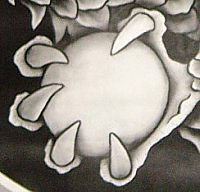
7. Quelques observations de dragons
De nombreux documents historiques font état d'observations de dragons. L'un d'eux décrit un dragon blanc volant au-dessus de la province de Zhejiang en septembre 1588. Un autre fait état d'un dragon tombé du ciel en 873. Il était noir, mesurait 30 mètres de long, avait des écailles semblables à celles d'un poisson et de longues moustaches. Il est mort de ses blessures.
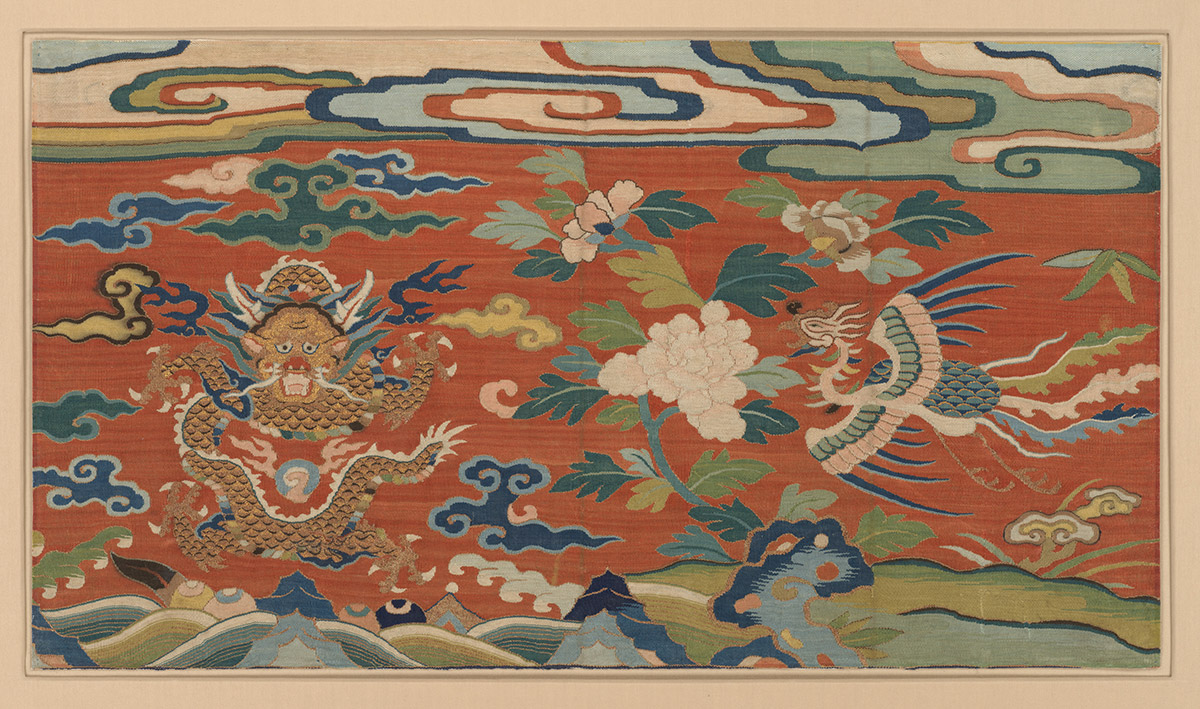
8. Les expressions idiomatiques sur les dragons chinois abondent
Par exemple :
- Wàng zǐ chéng lóng 望子成龍 ((espérer que l'enfant devienne dragon) : souhaiter à son enfant un avenir radieux.
- Lóng yuè fèng míng 龍躍鳳鳴 (saut du dragon, cri du phénix) : un intellect brillant.
- Wò hǔ cáng lóng 臥虎藏龍 (tigre accroupi, dragon caché) : talent insoupçonné.
- Huà lóng diǎn jīng 畫龍點睛 (peindre le point dans les yeux du dragon) : ajouter la touche finale à une œuvre d'art, lui donner vie.
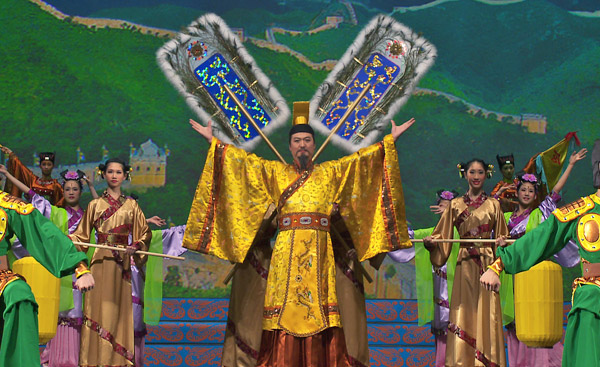
9. Compter les dragons
Les dragons chinois sont parties intégrantes de tous les spectacles de Shen Yun. Avez-vous remarqué les motifs complexes des dragons sur les robes de l'empereur ? Et les motifs de dragons bleus et orange sur le revêtement en fond de scène ? Mais combien de dragons y a-t-il dans la production 2024 de Shen Yun ?

Betty Wang
rédactrice contributrice
14 février 2012


